Kurt here from Your Movie Buddy. In an intro to cinema studies course, my peers and I were tasked to select and present a three- to five- minute segment from a film for a collegiate show and tell. The terms: choose something that features effective editing and/or noteworthy use of music. With the field so finely narrowed (sarcasm), my mind went...everywhere. Rather than drive myself nuts, I opted for the opening credits sequence of a movie I always feel like I've seen recently: The Hours.
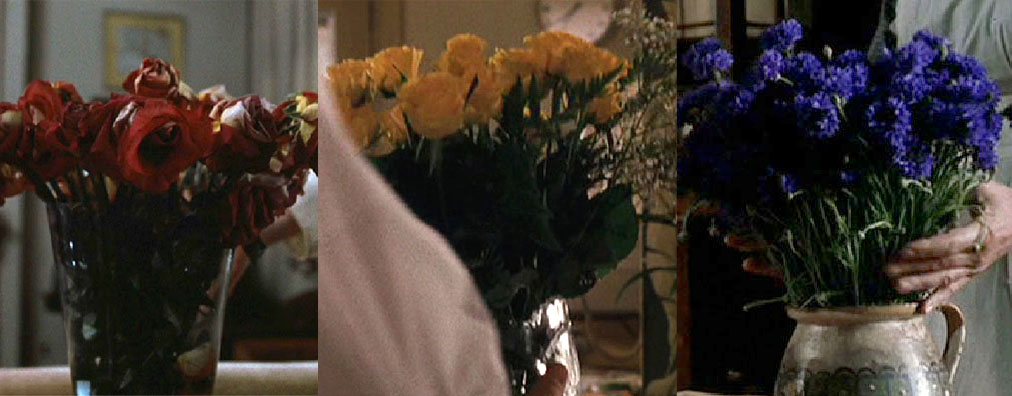
This remains one of my very favorite movies of the aughts, and it's a fine specimen for Nat's "May Flowers" series. The brisk and beautiful introduction culminates with a trio of bouquets, but more on those in a bit. Guided by Phillip Glass's score (by turns elegant, chipper and paranoid), we wake up with three women, all of them linked by Virginia Woolf's Mrs. Dalloway. We have Virginia (Nicole Kidman), the writer; Laura (Julianne Moore), the reader; and Clarissa (Meryl Streep), the character (in a matter of speaking). The sequence sets the stage for the three ladies' storylines, which seem to run parallel, but are decades – and miles – apart.
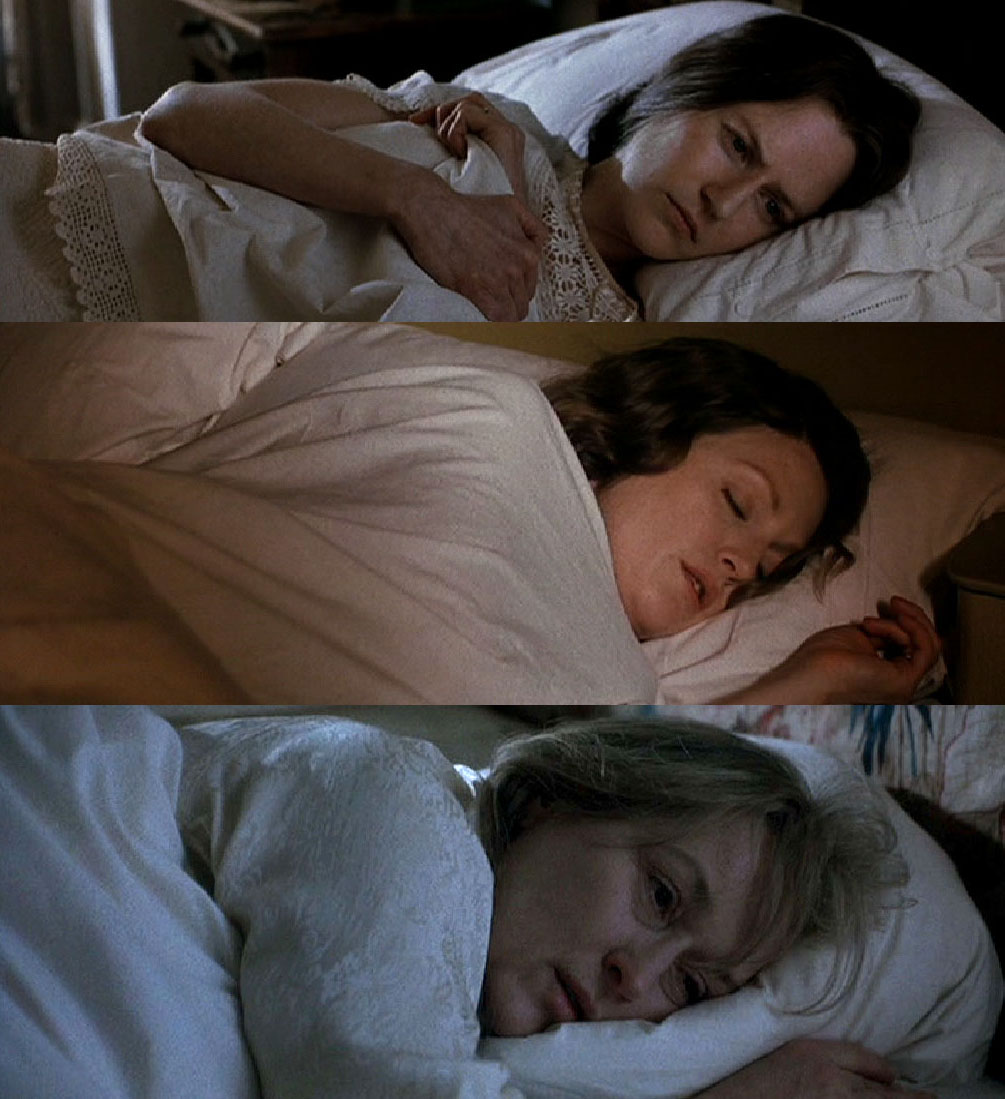
What's cemented most firmly is the amount of mental and emotional effort it takes for each woman to face a new day. There's an unspoken anguish at the thought of rising from the pillow, then a palpable panic once standing has been achieved. Another day, another hill to summit, another 15-or-so hours of oscillating between back-burnering personal wants and allowing them to feed an unshakable unhappiness.
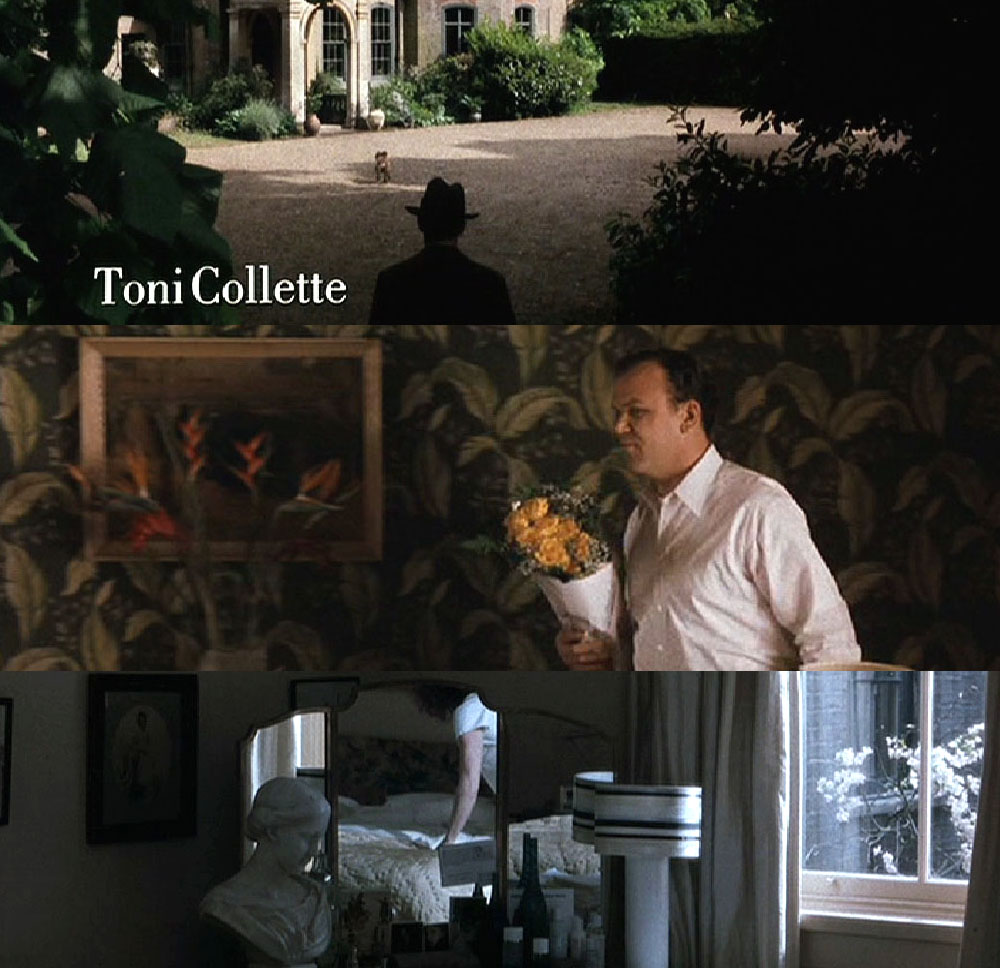
Our first glimpses of flowers – or, shall we say, vegetation indicative of thriving life – come with the morning arrival of each woman's significant other (someone really needs to invent a cropped version of that label – signoth?). Leonard Woolf (Stephen Dillane) descends through greenery onto the groomed lawn of his London estate; Laura's husband, Dan (John C. Reilly), enters their L.A. home with an armful of yellow roses; and Sally (Allison Janney), Clarissa's lover, sneaks into bed around dawn while the camera catches a white, blossoming tree outside. They are peeks at happiness, peeks at hope, which these spouses hold onto – some more actively and explicitly than others – because their partners can't.
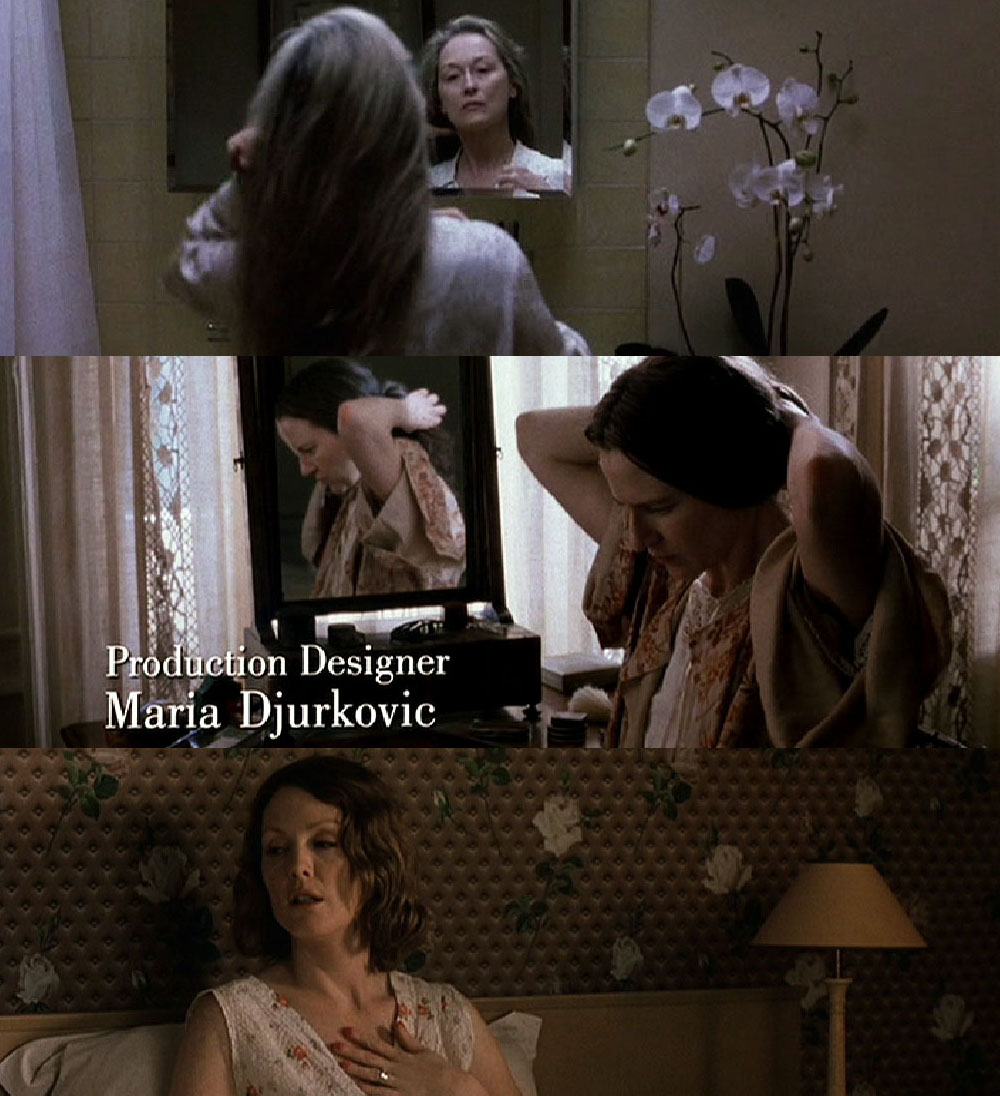
As the women ache to start their morning rituals, and Peter Boyle's riveting editing drives home their spiritual links, director Stephen Daldry (who will probably never top this film) adds flowers to the frame to juxtapose that anguish, that panic, that uncertainty of how to proceed (he even pairs Meryl with some orchids, a la her other 2002 movie, Adaptation). Tensions mount, fears heighten, and finally there's nothing left to do but bloody well get on with it. The push to face the day is marked by three rapid, successive shots of flowers – the only things that truly brighten the sequence.
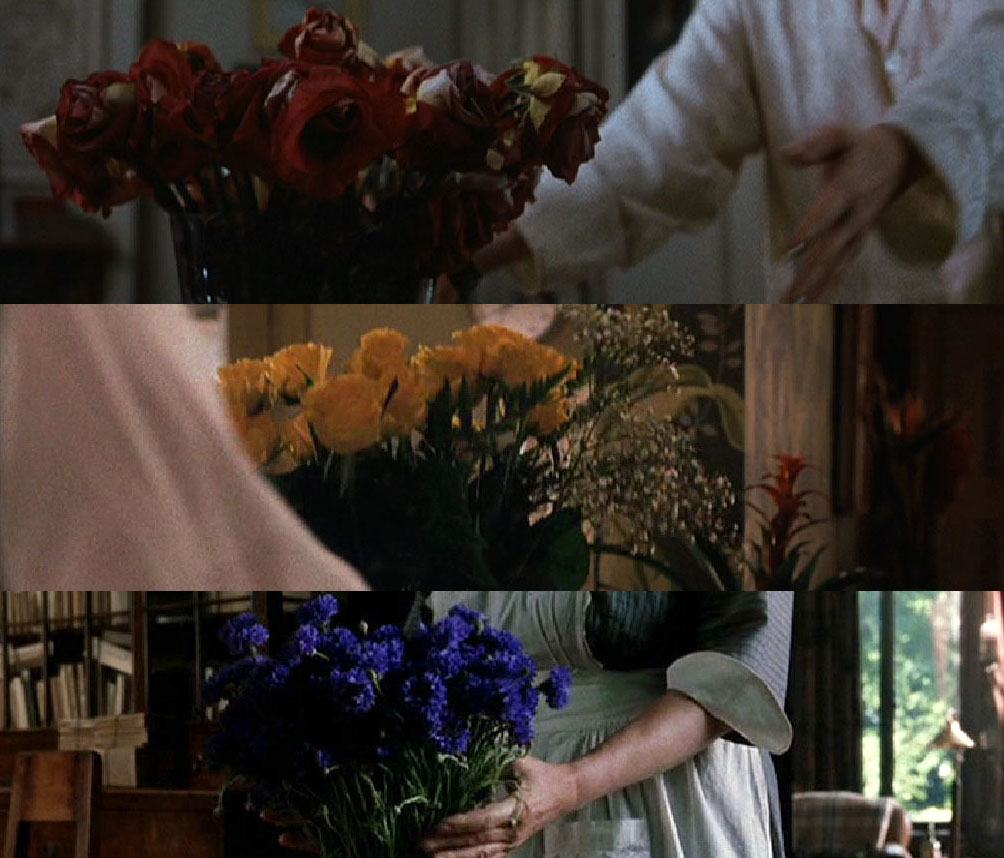
Whenever someone asks me what The Hours is about (not that that happens very often), I'm always hesitant to say it's essentially about three depressed women. To me (and perhaps, to many of you), that may sound ripe with possibility, but for plenty of others, it sounds like a deal-breaker. Yet, finding ways press on – or, in some cases, failing to do so – has always been at the core of drama, and just because The Hours is domesticted doesn't make it any less momentous. I saw The Beaver recently, and was struck by how rare it is for a film to feature depression as the villain. Not mania, not addiction, not schizophrenia, just crushing, crippling sadness. Naturally, there's more at play, but this is what The Hours does, and it does it amazingly well. There's gloom, yes, but there's so much said about how to live life, or at least how to want to live it if you simply can't muster the strength. Not enough? Well, there's the gorgeous technical craft, that incredible cast (the names of which keep popping up to make this sequence extra great) and, of course, flowers.